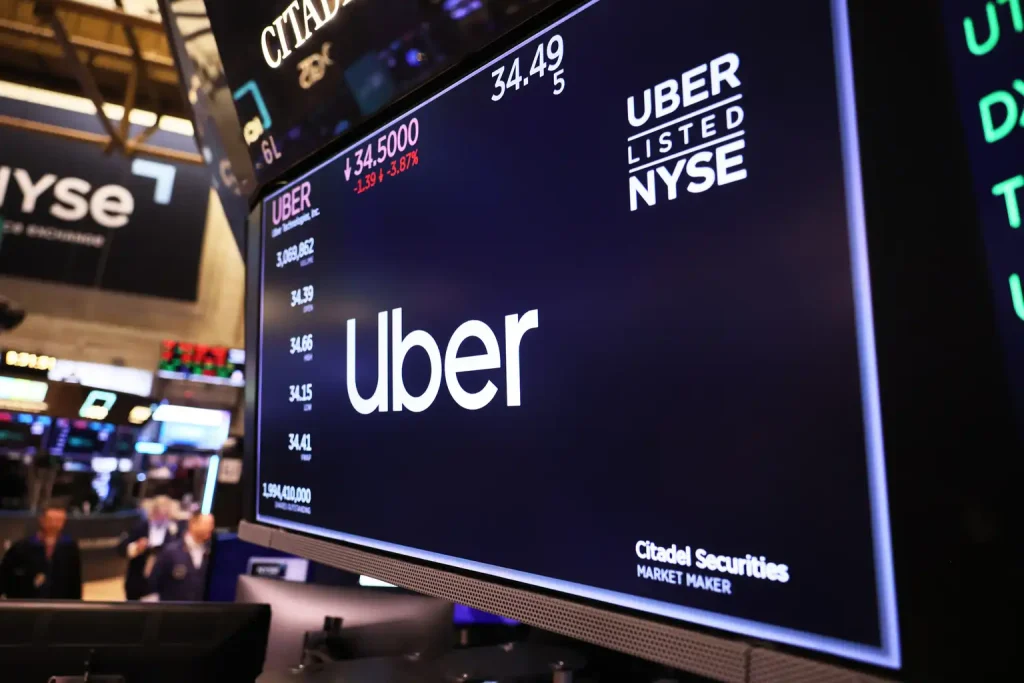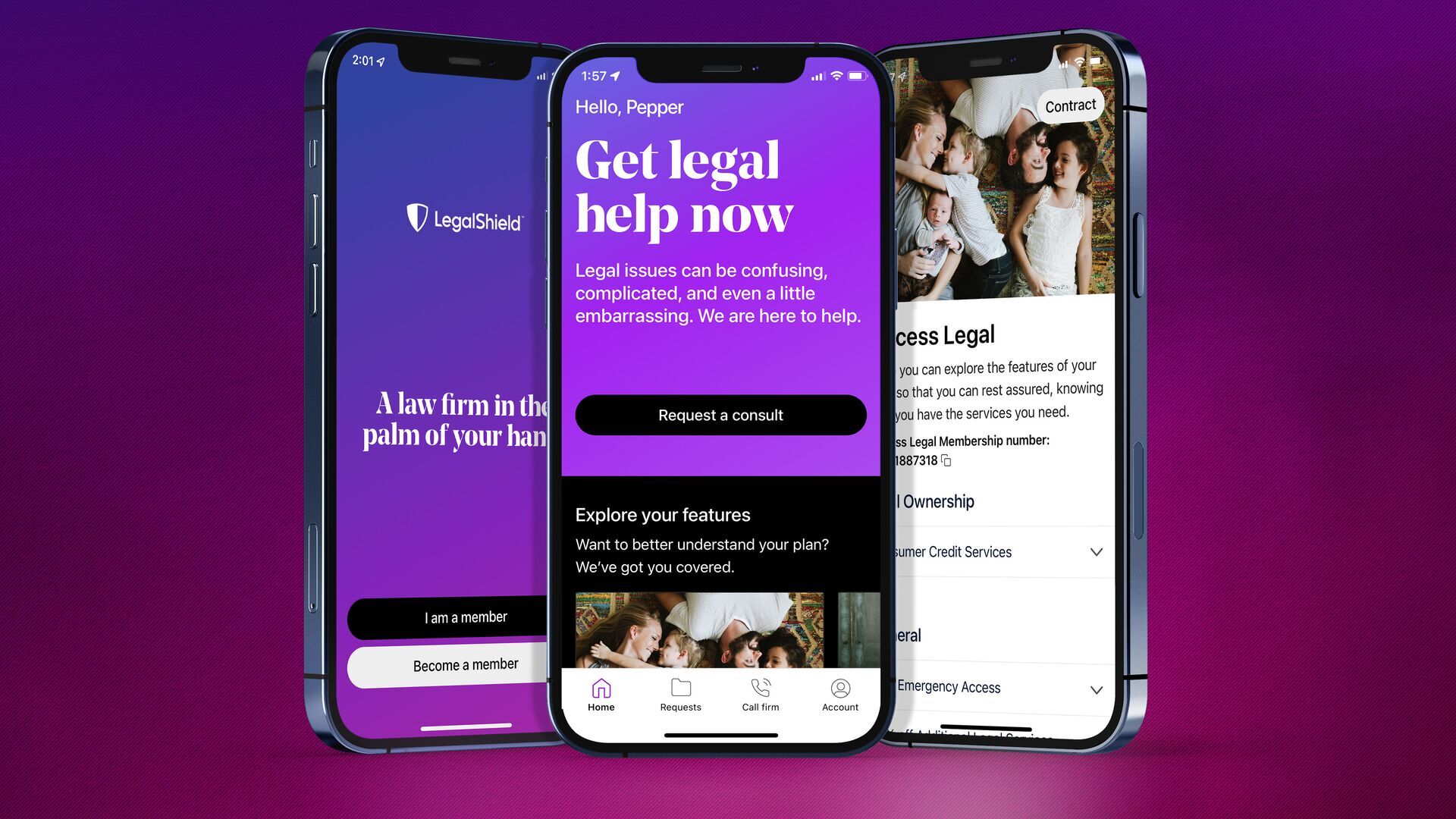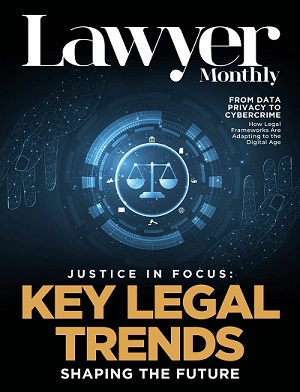What Uber’s $1.5B Buyback Means for Law and Investors.
When Uber announced it was buying back $1.5 billion worth of its own stock, the reaction was quick: the markets took notice, analysts weighed in, and investors saw it as a sign of confidence.
After all, companies don’t spend billions unless they believe their stock is undervalued, right?
But for those of us who work in and around the legal world, this kind of move raises a whole different set of questions.
Because behind every shiny buyback announcement, there’s a legal story. And with Uber , a company that’s still evolving from high-growth disruptor to corporate heavyweight that story is worth telling.
What Exactly Is a Stock Buyback?
Let’s start with the basics. A stock buyback happens when a company uses its own money to purchase shares from the market. Fewer shares floating around usually means a higher earnings-per-share ratio and, if all goes to plan, a boost in stock price.
Uber went with what’s known as an accelerated share repurchase basically, a fast-tracked deal where a bank buys the shares on Uber’s behalf. It’s a common route for big companies trying to make a splash quickly.
But that speed comes with complexity, especially when you start to look at the legal side of things.
The Legal Heat Underneath the Headlines
Any time a board of directors authorizes a multibillion-dollar move like this, there’s a question they need to answer: Is this in the best interest of the company and its shareholders?
That’s not just good business, it’s the law. Directors owe what’s called a fiduciary duty, which includes acting carefully, honestly, and without personal conflicts. Most of the time, courts won’t second-guess these decisions if they seem reasonable. But if it looks like the board’s real motivation was to juice stock prices to benefit executive pay, for example, things can get messy fast.
Then there’s the matter of transparency. Under SEC rules, companies have to be upfront about buybacks: how many shares they’re buying, how much they’re paying, when it’s happening, and why. It’s not optional, it’s the kind of disclosure that keeps the markets fair.
If a company glosses over the details, they can expect questions. And possibly subpoenas.
But maybe the most delicate issue is timing. If Uber greenlit this buyback while holding onto material nonpublic information say, an upcoming deal, disappointing earnings, or big layoffs, that could raise red flags about insider trading.
The rules around this are strict, and they’re in place for a reason: to make sure companies don’t use information the public doesn’t have to manipulate the market in their favor.
What Does This Mean for Investors?
On the surface, buybacks often look like a win. The stock usually ticks up, earnings per share improve, and there’s a nice PR bump about the company “believing in its own value.”
But the impact isn’t always that simple.
Buybacks can shift the balance of power within a company, especially when it comes to shareholder voting rights. Fewer shares mean fewer voices and that can sometimes favor larger investors at the expense of smaller ones. Plus, using billions in cash for buybacks means that money isn’t going toward hiring, R&D, or expanding into new markets.
That’s where the tension lies. Is this move about long-term value or short-term optics? And who really benefits?
Uber’s Market Journey
When Uber hit the public markets in May 2019, the buzz was enormous. People expected a splashy debut. This was the company that had changed how the world moves, after all. Shares were priced at $45, but instead of soaring, the stock slipped on day one.
It closed lower than expected, and for a while, it just didn’t gain much momentum.
Part of the issue was identity. Investors weren’t quite sure what Uber really was. Was it a tech disruptor? A global taxi service? A fast-growing company with no profits in sight?
The potential was obvious, but the business model and the path to profitability felt a little hazy.
Things began to turn around in 2021. Uber started tightening its operations, cutting back on costs, and leaning harder into food delivery, which had exploded during the pandemic. That shift helped stabilize the business.
Slowly, the stock began climbing. Not dramatically, but steadily. It finally moved above its IPO price.
Now, in 2025, the picture looks a lot clearer. Uber is expanding into new areas like advertising and self-driving technology. Margins are stronger. Analysts who once hesitated are starting to see the company in a new light.
More from Lawyer Monthly
-
Dan Norris Arrested on Child Sex Offences: Legal Fallout and What Happens Next
-
Fired for Political Speech? A State-by-State Guide to Your Rights
-
The Best ETFs for Long-Term Growth in 2025: A Legal Look at Risk and Regulation





















